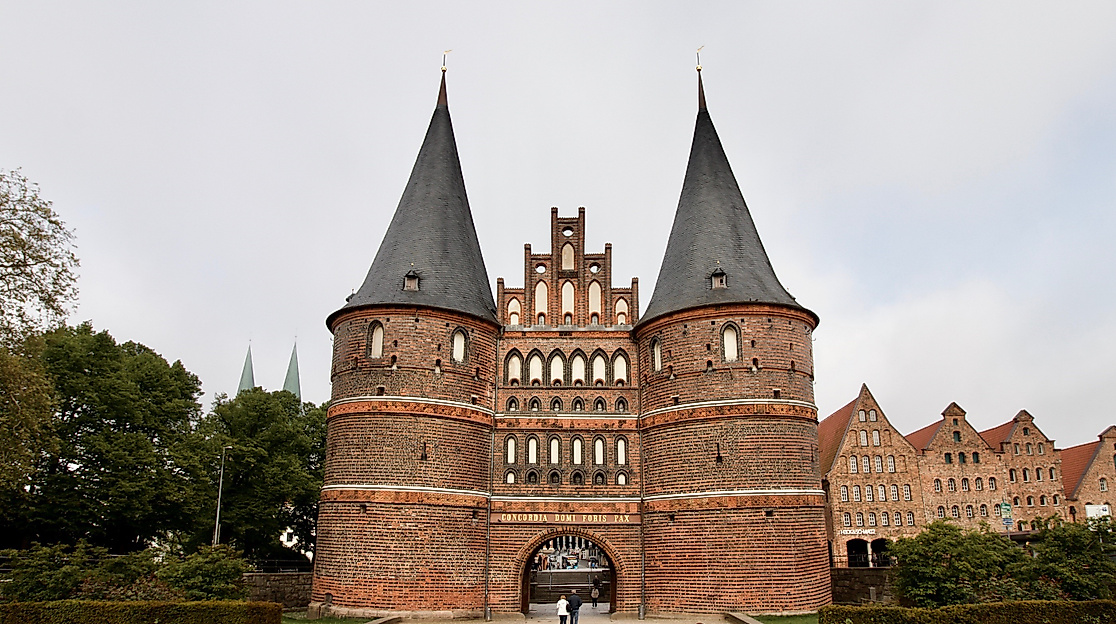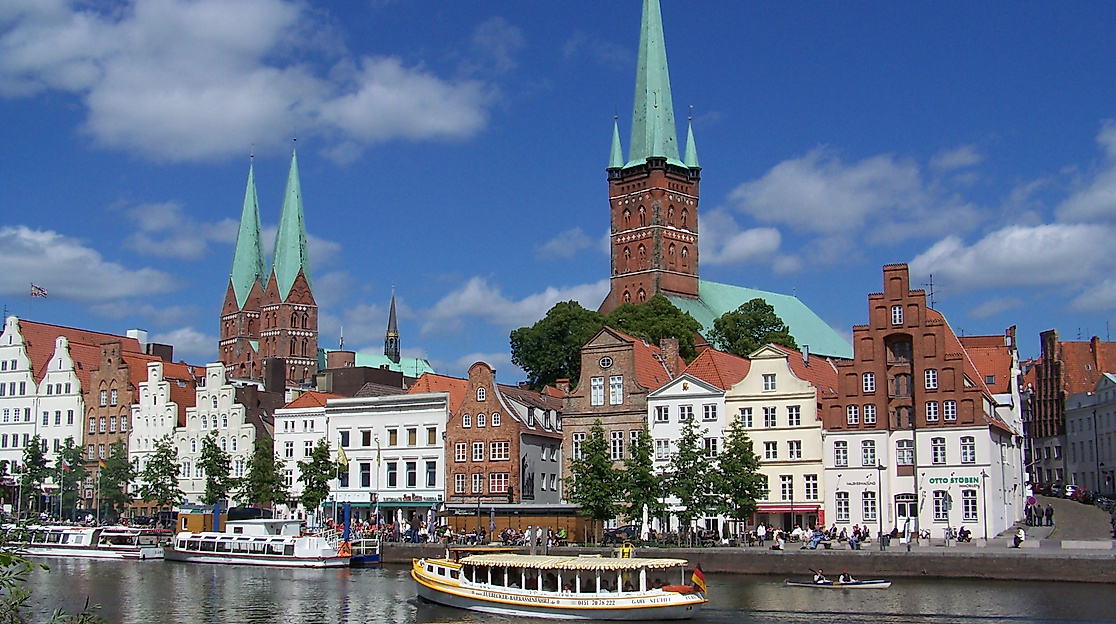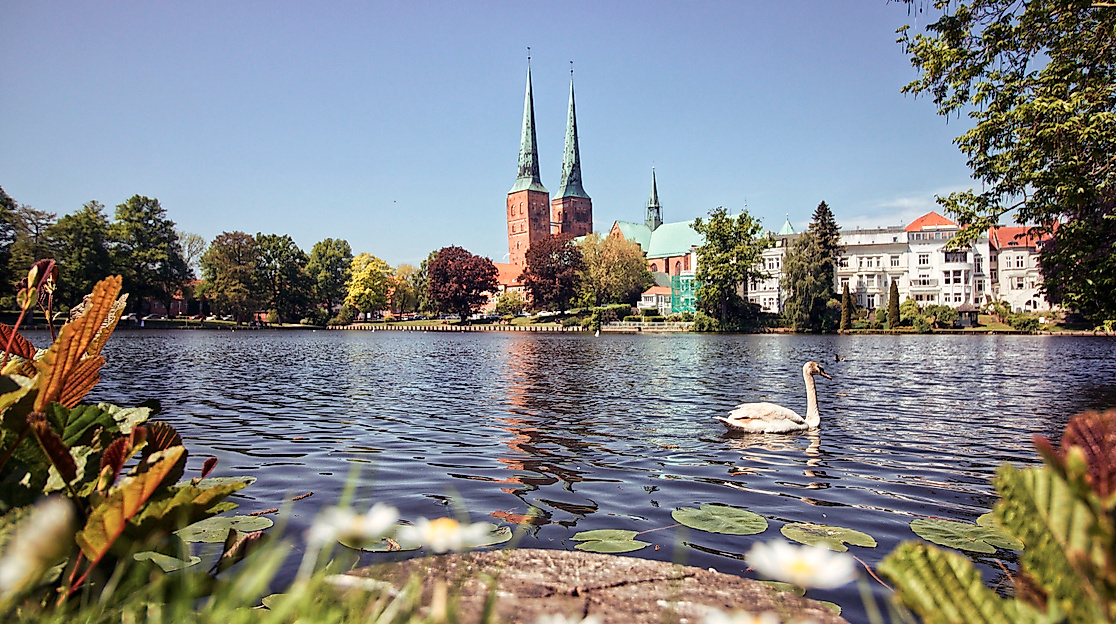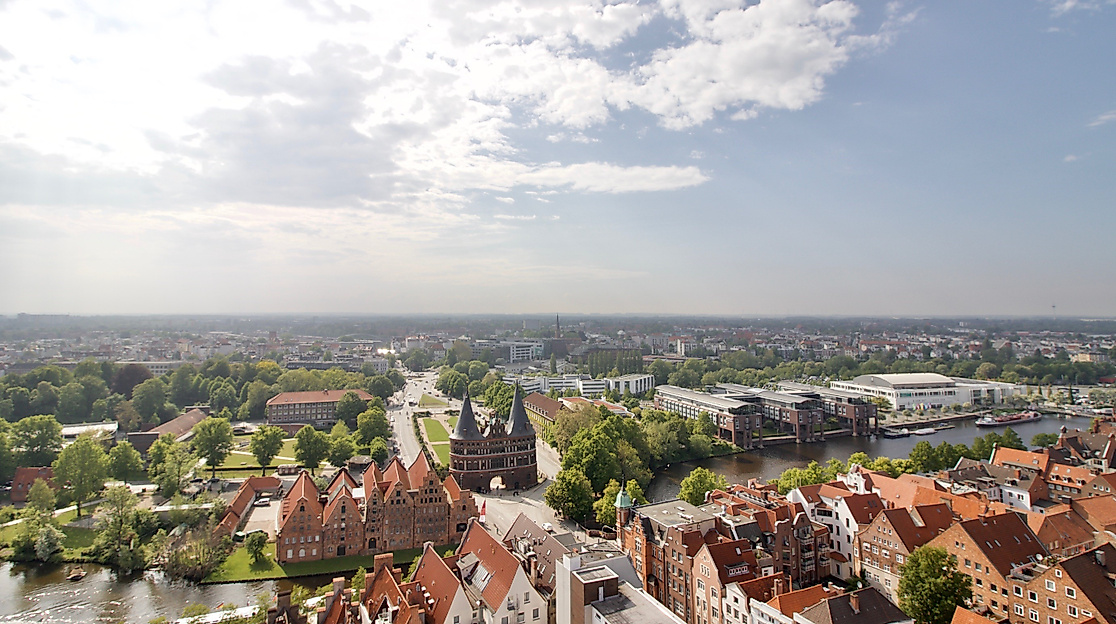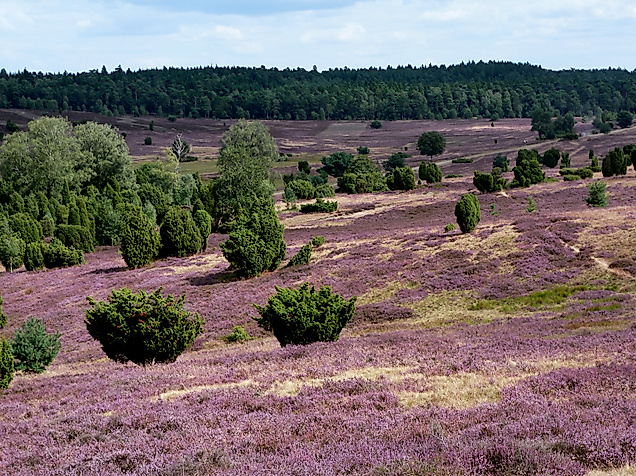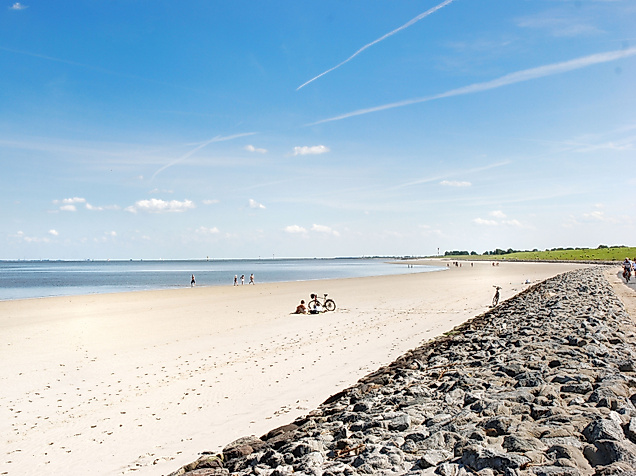
Hanseatic City Lübeck Capital and cradle of the Hanseatic League
The city of Lübeck, declared a World Heritage Site by UNESCO, is a living monument to rich merchants, a cultural centre and a modern university town at the same time.
A journey into the Middle Ages: While strolling through the alleys of the Hanseatic city of Lübeck, it is not difficult to remember the hustle and bustle of the Hanseatic merchants and seafarers. The historic old town attracts countless visitors every day and enchants them with its history and present. Lübeck lies about 70 kilometres east of Hamburg and can be reached within an hour by train or car.
The "Haupt Hanse" Lübeck
Early on, merchants recognized the potential of the city of Lübeck on the waterfront. For a long time, international trade gave Lübeck the reputation of being the most important trading city in the Baltic Sea region. In 1226, Lübeck was granted imperial freedom. The increasing cooperation of Low German merchants finally led to the foundation of the Hanseatic League. Lübeck asserted itself as the "Main Hanseatic League".
With the discovery of the sea routes to India and America, the Hanseatic city of Lübeck lost its importance for the first time. Baltic trade receded into the background. In 1937, Lübeck finally lost its state independence and was incorporated into the Prussian province of Schleswig-Holstein.
The historic old town
Lübeck has retained the image of a medieval trading town to this day. The Holstentor is enthroned at the entrance to the historic old town. It was once built as a symbol of imperial freedom. The construction of the building in the years 1464 to 1478 is due to the success of the Lübeck merchants. The Holstentor was intended to defend and represent the city. Today, Lübeck's landmark is a popular photo motif and houses a museum inside, which provides insights into the historical commercial business.
Those who pass the Holstentor will find themselves in the historic town centre. Lübeck bears witness to medieval town planning. The many winding alleys of the old town exude a special charm. While many backyards and streets form true oases of peace in the city, the market in front of the town hall is usually bustling. The entire historic old town has been a World Heritage Site since 1987.
City of the seven towers
The seven towers of the five Gothic main churches of Lübeck characterise the cityscape. A relief of the city centre on the Lübecker Markt provides an overview of the buildings. At a safe height, the city can be overlooked from the viewing platform of St. Peter's Church. On good days, the view reaches as far as the Baltic Sea.
Back to the present
The numerous students of Lübeck bring a breath of fresh air to the medieval city. The University of Lübeck was founded in 1964. Locals and tourists, young and old meet in the quaint pubs and cosy pubs for a snack. At the gates of the city lies the popular Baltic seaside resort Travemünde, which attracts bathers on sunny days.
Don't forget: Marzipan is at home in Lübeck. It is worth trying the traditional delicacies.
